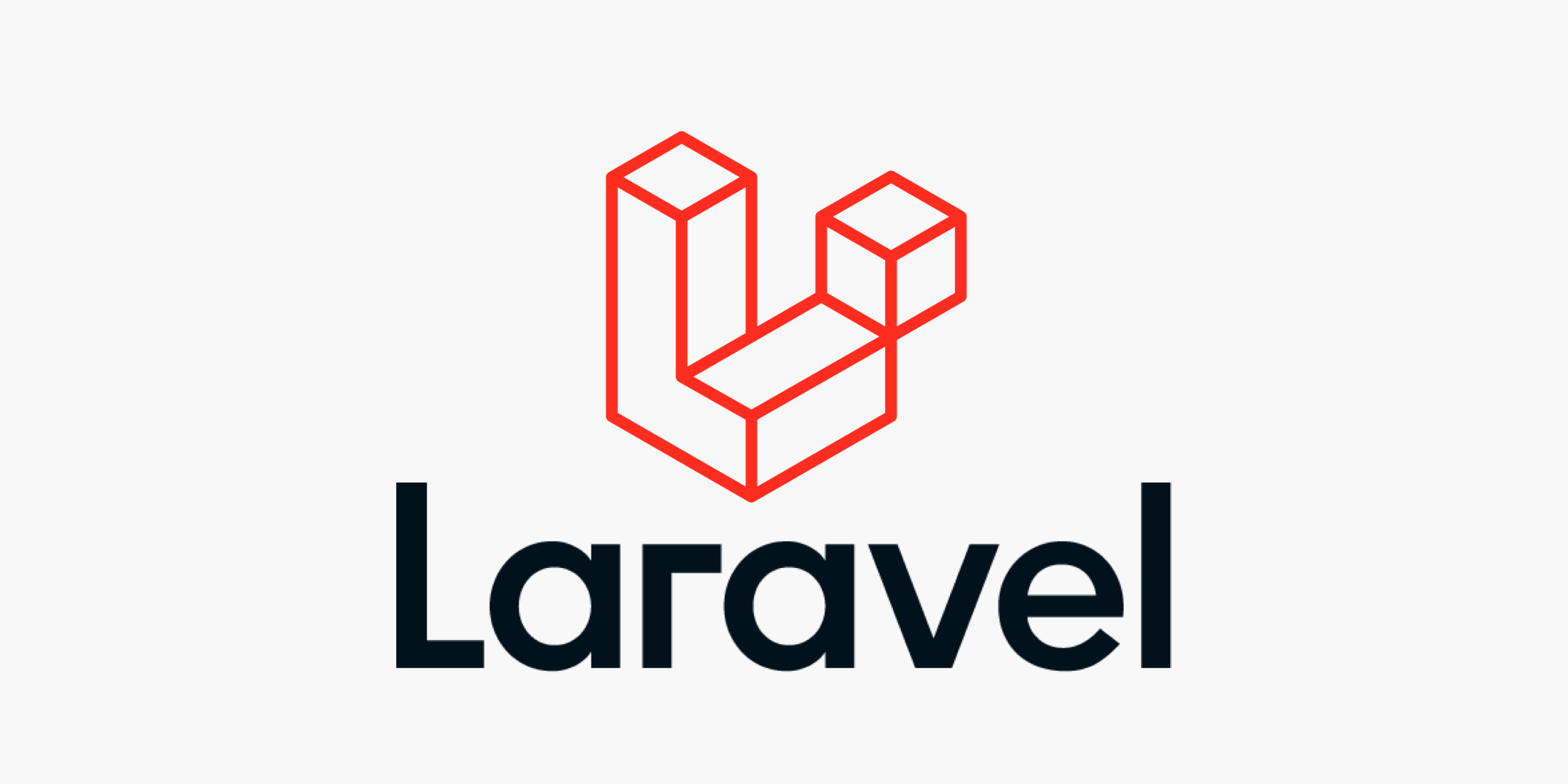Understanding Laravel: A Guide for PHP Developers
What is Laravel?
Laravel is a powerful and popular PHP web application framework that simplifies the development process by providing a set of tools and resources to build modern web applications. It follows the MVC (Model-View-Controller) architectural pattern and offers an elegant syntax that is easy to read and write.
Why Use Laravel?
Laravel streamlines common tasks such as routing, authentication, sessions, and caching, making web development faster and more efficient. It is designed with the developer's experience in mind, offering a rich set of features and an intuitive, expressive syntax.
Advantages of Using Laravel
- Elegant Syntax: Clean and expressive syntax that enhances readability and maintainability.
- Comprehensive Documentation: Well-written documentation that covers all aspects of the framework.
- Built-in Tools: Includes tools for tasks such as routing, authentication, and caching.
- Community Support: Large and active community with a wealth of resources and tutorials.
- Eloquent ORM: An easy-to-use object-relational mapping (ORM) tool for working with databases.
- Blade Templating Engine: A simple yet powerful templating engine for building dynamic views.
- Testing: Built-in support for unit testing and automated testing.
Disadvantages of Using Laravel
- Learning Curve: New developers might need time to understand and use Laravel efficiently.
- Performance: May not be the best choice for applications requiring extremely high performance.
- Overhead: Includes many built-in features, which can lead to a larger application footprint.
Role of Laravel in PHP Projects
In PHP projects, Laravel plays a crucial role in streamlining development tasks and improving code quality. It provides a structured and organized way to build web applications, making it easier to maintain and scale projects. Laravel's ecosystem includes a wide range of packages and tools, such as Laravel Mix for asset compilation, Laravel Sanctum for API authentication, and Laravel Telescope for debugging and monitoring.
How to Install Laravel
Installing Laravel is straightforward:
- Ensure you have Composer installed on your system.
- Run the following command to install Laravel globally:
composer global require laravel/installer - Create a new Laravel project by running:
laravel new project-name - Navigate to the project directory and start the development server:
cd project-name
php artisan serve
Additional Details
Laravel's ecosystem is vast, with numerous first-party and third-party packages available to extend its functionality. Popular packages include Laravel Passport for OAuth2 authentication, Laravel Scout for full-text search, and Laravel Horizon for managing Redis queues.
Laravel also supports a range of databases, including MySQL, PostgreSQL, SQLite, and SQL Server. It offers seamless integration with various front-end frameworks and libraries, such as Vue.js and React.
For more information, visit the official Laravel website.



Post a Comment
0Comments